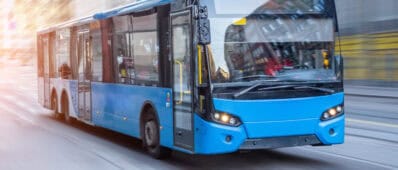Abstract
This research was motivated by the need to better understand how the hazard preparedness and resilience strategies of California’s public transportation system can be improved through integration with social and safety infrastructure. The study focuses on a specific type of social infrastructure called ‘Resilience Hubs’, which are community-operated and community-serving facilities that support residents in accessing resources and support during both everyday conditions and extreme events. Considering the potential of these hubs to enhance resilience and safety for historically marginalized individuals, public sector decision makers must understand the function and impact of Resilience Hubs and ensure access to them. To better understand the role of social infrastructure like Resilience Hubs in supporting safety and hazard preparedness, as well as its integration with public transit, the researchers collaborated with one of Los Angeles’ first Resilience Hubs as of 2021: the Boyle Heights Arts Conservatory (BHAC). In partnership with the BHAC and the local non- profit Climate Resolve, the researchers collected data through three listening sessions with a total of 26 residents of Boyle Heights, Los Angeles, with connections to the BHAC. The research sought to amplify how residents of Boyle Heights experience cascading urban vulnerabilities and resilience, both in terms of physical and social infrastructure, as well as the improvements they envision for public transit integration with social infrastructure to enhance the resilience of both systems.
